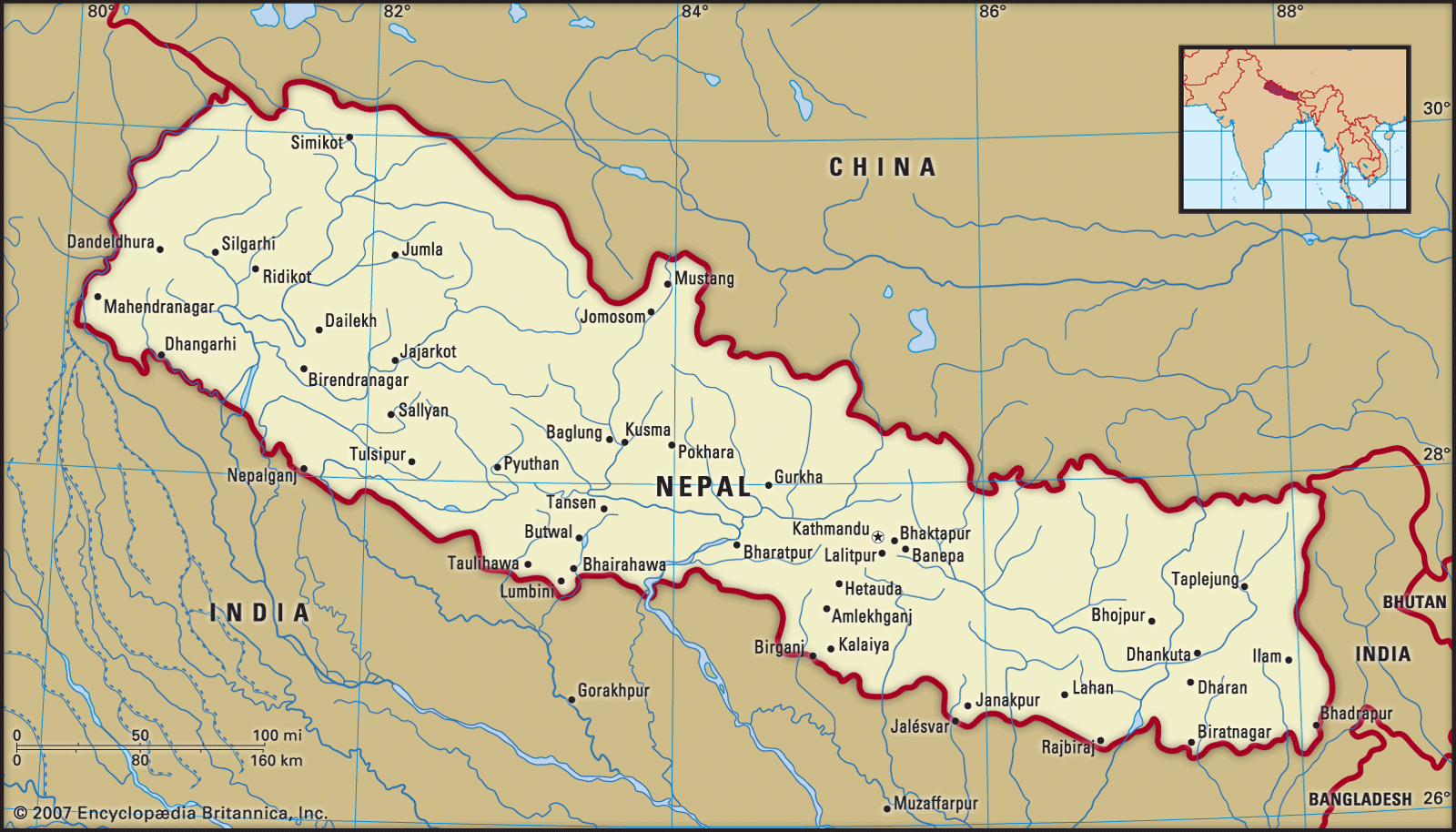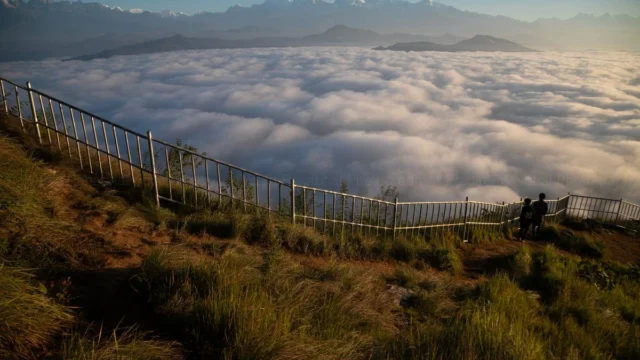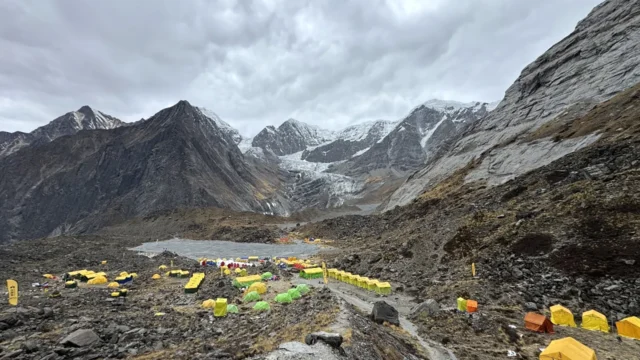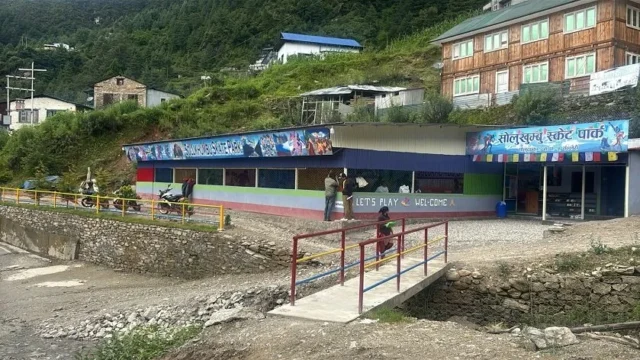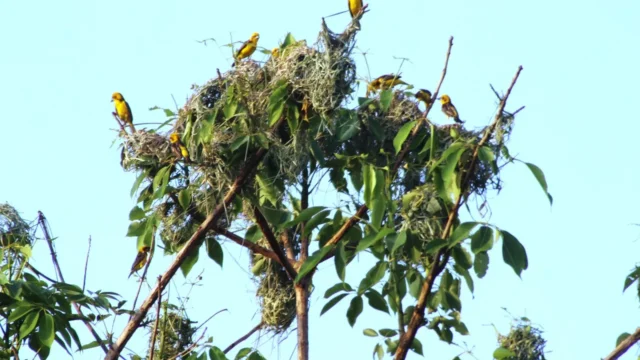Kathmandu, the vibrant capital of Nepal, has long been a magnet for tourists, drawn by its rich cultural heritage, historical sites, and bustling urban charm. In recent years, the city has undergone significant infrastructure development, which has markedly transformed the tourist experience. These advancements encompass improvements in transportation, public amenities, heritage site restoration, and urban planning.
One of the most notable changes is the enhancement of transportation facilities. The expansion and modernization of Tribhuvan International Airport have facilitated smoother and more efficient entry for international tourists. The airport now boasts better facilities, including more efficient immigration processes and improved baggage handling systems, significantly reducing waiting times and enhancing the overall arrival experience.
the introduction of new road networks and the expansion of existing ones have improved connectivity within the city and to surrounding tourist destinations. The construction of new bridges and the widening of major roads have alleviated traffic congestion, making it easier and faster for tourists to navigate the city and visit popular attractions such as Swayambhunath, Pashupatinath, and Boudhanath.
Kathmandu’s public amenities have also seen substantial upgrades. The development of clean and well-maintained public restrooms, the installation of tourist information centers, and the provision of free Wi-Fi in major tourist areas have greatly enhanced convenience for visitors. These amenities contribute to a more comfortable and enjoyable stay, allowing tourists to focus on exploring the city without worrying about necessities.
The restoration and preservation of heritage sites have been a focal point of Kathmandu’s infrastructure development. Following the devastating 2015 earthquake, many of the city’s historical monuments and temples suffered significant damage. However, extensive restoration efforts have been undertaken to rebuild and preserve these sites. Notable landmarks such as the Kathmandu Durbar Square, Patan Durbar Square, and Bhaktapur Durbar Square have been meticulously restored, regaining their former glory and continuing to captivate tourists with their architectural splendor and historical significance.
Efforts to improve urban planning and cleanliness have also positively impacted the tourist experience. The implementation of waste management systems, street cleaning initiatives, and the establishment of green spaces have made Kathmandu a cleaner and more pleasant city to explore. The development of pedestrian-friendly zones and the enhancement of public parks provide tourists with opportunities to relax and enjoy the city’s ambiance away from the hustle and bustle.
The infrastructure development has also led to an increase in accommodation options catering to various budgets and preferences. The construction of new hotels, guesthouses, and boutique lodgings, along with the renovation of existing ones, ensures that tourists have a wide range of choices for their stay. Modern amenities, improved service standards, and the incorporation of local cultural elements into the design of these accommodations add to the overall appeal.
The recent infrastructure development in Kathmandu has significantly enriched the tourist experience. Enhanced transportation facilities, improved public amenities, restoration of heritage sites, better urban planning, and increased accommodation options collectively contribute to a more enjoyable, convenient, and memorable visit to the city. As Kathmandu continues to evolve and develop, it remains a must-visit destination, offering a perfect blend of ancient heritage and modern comfort.
